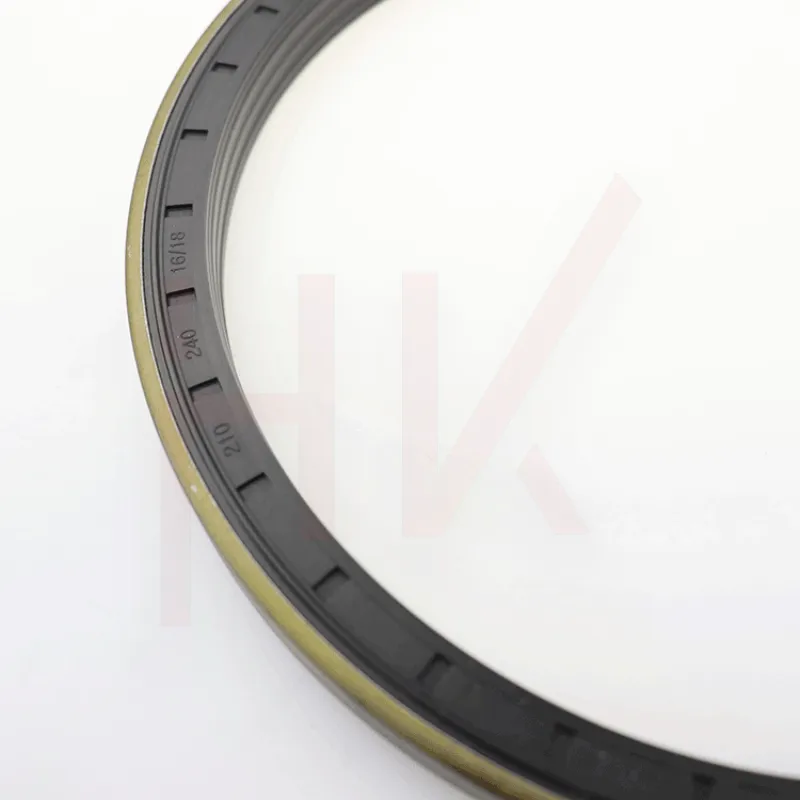Dec . 12, 2024 18:26 Back to list
piston wiper ring
Understanding Piston Wiper Rings Functionality, Design, and Applications
Piston wiper rings are critical components used in various machinery, particularly in hydraulic and pneumatic cylinders. These rings are designed to prevent fluid leakage, thereby ensuring efficient operation and extending the lifespan of the machinery. In this article, we will explore the functionality, design considerations, and applications of piston wiper rings.
Functionality of Piston Wiper Rings
The primary function of a piston wiper ring is to scrape off any extraneous fluids or impurities that might be present on the piston rod as it retracts into the cylinder. By doing so, these rings prevent contaminants from entering the cylinder and damaging the seals, which can lead to a decrease in efficiency, increased wear, and ultimately, equipment failure. This is particularly important in environments where dust, dirt, or debris is prevalent.
Wiper rings play a crucial role in maintaining the integrity of a hydraulic or pneumatic system. Without them, the internal seals may be contaminated, leading to leaks and loss of pressure. This would not only compromise the efficiency of the system but could also result in costly downtime for repairs. In essence, piston wiper rings are the first line of defense in ensuring that machinery operates smoothly and reliably.
Design Considerations
The design of piston wiper rings is essential for their effectiveness. They must be made from materials that can withstand various operating conditions, including temperature fluctuations, chemical exposure, and mechanical stress. Common materials used for wiper rings include elastomers, nylon, and polyurethane, each chosen for its specific properties.
The shape and dimensions of the wiper ring are also crucial. The ring must fit snugly against the piston rod while allowing enough flexibility to accommodate movement without excessive friction. A well-designed wiper ring will contour to the rod’s surface, effectively removing any contaminants without causing damage.
piston wiper ring

Additionally, the groove design where the wiper ring sits can influence its performance. Engineers must consider factors such as the environment, the type of fluids involved, and the expected wear over time. A proper balance between tightness and looseness is necessary; too tight may lead to increased wear, while too loose could result in ineffective wiping.
Applications of Piston Wiper Rings
Piston wiper rings are utilized across various industries, including automotive, aerospace, manufacturing, and construction. In automotive applications, for example, wiper rings are commonly found in power steering systems and hydraulic brakes, where they ensure fluid remains contained and uncontaminated.
In aerospace, where precision is paramount, wiper rings help uphold the performance of hydraulic systems in aircraft. The reliability of these components can significantly affect flight safety, making the quality and design of piston wiper rings particularly critical.
In manufacturing and construction, heavy machinery relies on wiper rings to operate efficiently. Equipment such as excavators, cranes, and bulldozers frequently encounter harsh environments, making the role of wiper rings even more pronounced. By preventing dirt and grime from entering the hydraulic systems, these rings minimize wear and tear on critical components.
Conclusion
In summary, piston wiper rings are fundamental in preserving the functionality and longevity of various mechanical systems. Their ability to prevent contamination helps maintain the integrity of hydraulic and pneumatic circuits, leading to improved efficiency and reduced maintenance costs. As industries continue to push for greater performance and reliability in their equipment, the importance of high-quality piston wiper rings cannot be overstated. Understanding their design, functionality, and application will enable manufacturers and engineers to make informed decisions that ultimately enhance their operational capabilities. Thus, investing in the right piston wiper rings is crucial for any industry reliant on hydraulic or pneumatic systems.
-
TCN Oil Seal Metal Ring Reinforcement for Heavy Machinery
NewsJul.25,2025
-
Rotary Lip Seal Spring-Loaded Design for High-Speed Applications
NewsJul.25,2025
-
Hydraulic Cylinder Seals Polyurethane Material for High-Impact Jobs
NewsJul.25,2025
-
High Pressure Oil Seal Polyurethane Coating Wear Resistance
NewsJul.25,2025
-
Dust Proof Seal Double Lip Design for Construction Equipment
NewsJul.25,2025
-
Hub Seal Polyurethane Wear Resistance in Agricultural Vehicles
NewsJul.25,2025
-
The Trans-formative Journey of Wheel Hub Oil Seals
NewsJun.06,2025
Products categories
















